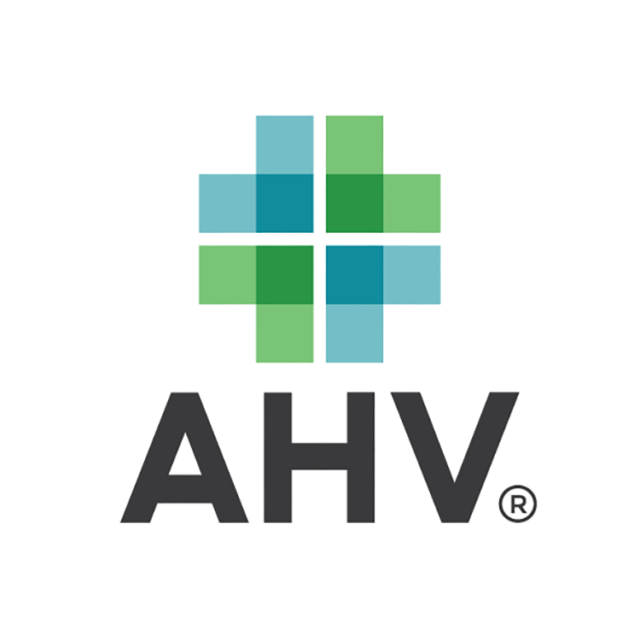Each time the dairy industry experiences low milk prices, managers start looking for ways to save money. This is smart and something that all good businesses do. If less money is coming in, how do we cut down on how much money goes out without hurting the business in the long run?
These decisions can be pretty challenging when it comes to herd health expenses since the consequences of a bad decision in this area might not be seen right away. Here are a few do’s and don’ts to consider as we all turn our attention again to reducing unnecessary expenses on the dairy.
Do
Review your treatment protocols to make sure they align with efficacy standards. This includes screening the daily treatment sheets to make sure protocols are being followed.
Altering drug doses or treatment frequencies rarely leads to improved treatment outcomes, but significantly adds to treatment expenses, not to mention the additional risk of having a drug residue.
Don’t
Decrease the dose or duration of therapy from the agreed upon protocols without your veterinarian’s approval of the change.
Subtherapeutic use of medication reduces efficacy, leading to increased treatment failure, poor animal performance and increased risk of mortality.
Do
Eliminate steps in your vaccine protocol that lack sound disease prevention data. Have your herd health team review the current program. For disease threats faced by the dairy, does using the product make sense? Are those responsible for administering vaccines clear on what to do? Giving too many vaccines is a waste of money and may increase the risk of complications.
Don’t
Eliminate vaccination steps that lead to increased herd protection from known disease threats unless you can absorb the cost of a disease outbreak. Reducing vaccines to save money could potentially end up costing you a lot more should the disease present itself.
Do
Critically evaluate replacement animal inputs to ensure they are contributing to heifer performance. Track heifer performance regularly to make sure your replacement program is working and maximizing your investment in those inputs.
Don’t
Make cuts in your heifer-raising program that end up delaying their entry into the milking herd or decrease their performance as adults. Adding unnecessary time to first calving will increase your heifer raising costs significantly and you may also reduce their future milking potential. ![]()
Robert Lynch, DVM, is with Cornell University College of Agriculture and Life Sciences’ PRO-DAIRY program.





